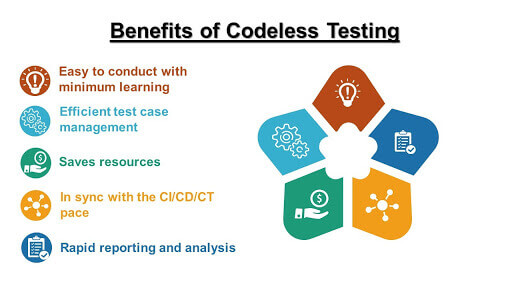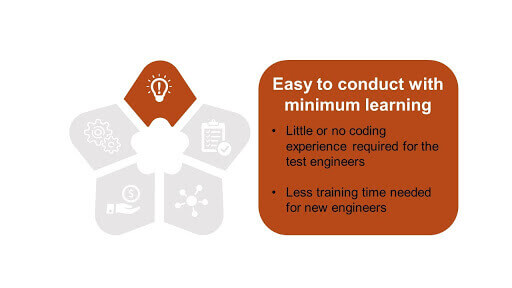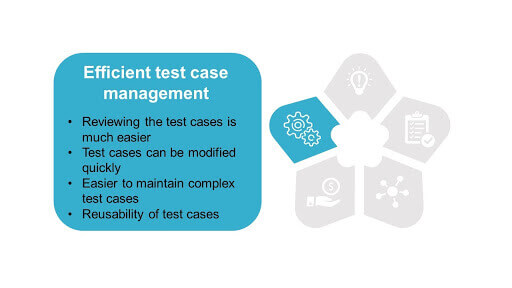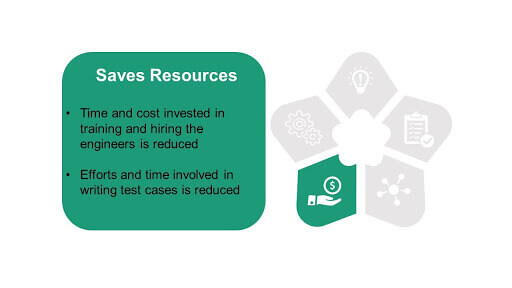Software testing has evolved rapidly over the last few decades. The transition from manual testing to automation testing was one of the key turning points in the history of software testing. When Selenium was first introduced in the early 2000s, it immediately gained popularity and became one of the most favoured tools for test automation. However, it came with a condition that the testers need to have knowledge of programming in order to reap maximum benefits from test automation. So, even though automation was supposed to “reduce” the testing workload, the testers ended up spending a lot of time writing code scripts for testing.
With the rising demand for efficient software with faster time to market, software testing became even more stringent. Automation, though helpful, came at a price in terms of resources and time. The year 2020, heralded the era of codeless testing, which ensures a high-quality deliverable while reducing the testing time significantly.
What is Codeless testing?
Codeless testing essentially means conducting automated testing without writing a code for the test script.
Codeless testing addresses the issues of regular test automation i.e.
- The steep learning curve for testers
- Mandatory to know to program
- Zeroing on a suitable programming language to use
- Extra time consumed in debugging in case there is a bug in the test script itself
- Test case management is difficult in case of multiple changes
With Continuous testing being an integral part of the CI/CD process, the testing task becomes repetitive and time-consuming. Codeless testing accelerates the overall testing process, with a significant reduction of burden from the development and QA teams.
What makes codeless testing special?
Most codeless testing tools are built on top of Selenium and have a plethora of inbuilt features which aid the testing teams. The test engineers can leverage the power of these tools to conduct testing efficiently. Let us take a look at the benefits attached with codeless testing.

Easy to conduct with minimum learning

Codeless testing enables test engineers with little or no programming knowledge to create, execute and maintain the test cases without investing time in learning to code. This not only saves a lot of time and efforts but also makes the whole testing process much more efficient.
Efficient test case management

Earlier, a major chunk of time was spent in writing and reviewing the test scripts. Needless to say, it required a specific skill set too. With codeless testing, this is no longer a hurdle. The test engineers can generate test cases easily. Also, the non-technical stakeholders can easily understand the test cases and give their feedback.
Any modifications in the functionality can be quickly incorporated, thus increasing the reusability and maintainability quotient of the test cases. Usage of AI/ML in managing, maintaining, healing and executing the test suites, with little or no human intervention is the way forward.
Resource saving

Hiring the right fit for a testing job used to be a challenge. A candidate had to “know” coding besides having a thorough knowledge and good experience in testing. A lot of time and energy was spent looking for that perfect match. Codeless testing eases the burden of programming know-how.
Continuous testing, though a good process to incorporate, comes with its own baggage. The test engineer ends up spending a lot of time in regression testing, that there is little time left for important aspects like exploratory testing, which sometimes becomes a hurriedly done activity. With codeless testing, efforts and time involved are reduced, thus freeing up the major resources to focus on other important aspects of software development and testing processes.Read for more Information : codeless-testing